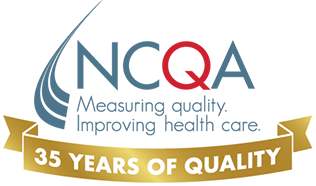To qualify for HEDIS ECDS reporting, practitioners and practitioner groups that are accountable for clinical services provided to members must have access to data used by plans for quality measure reporting, regardless of the SSoR.
NCQA does not currently specify a method of data access, but a core principle of ECDS reporting is that the information needed to deliver the highest-quality care must be available to the entire health care team responsible for managing a member’s health.
Qualifying modes of access may be as simple as a provider’s phone request for member information, or as sophisticated as an integrated decision support system. The care team’s ability to access data must be documented, to provide evidence that information is available whether or not it is accessed.
HEDIS 2018
